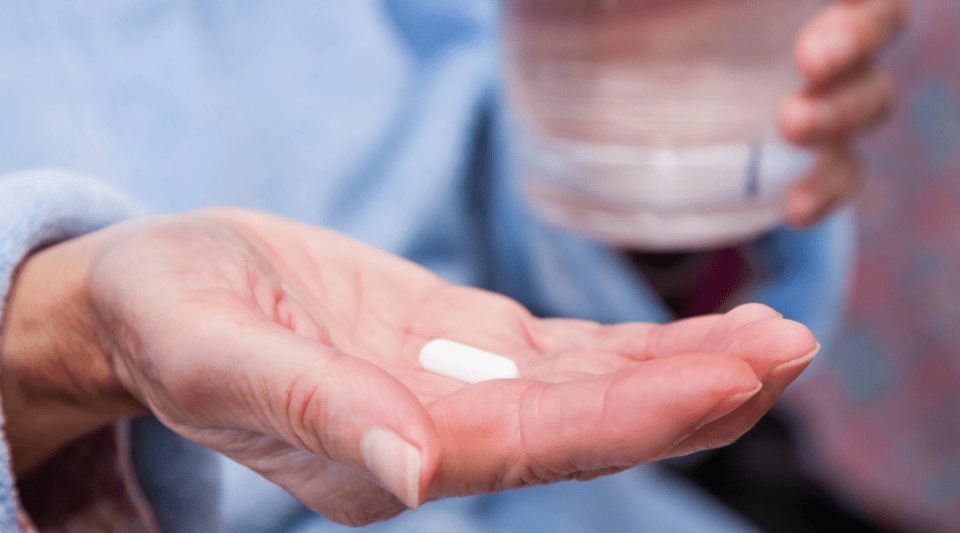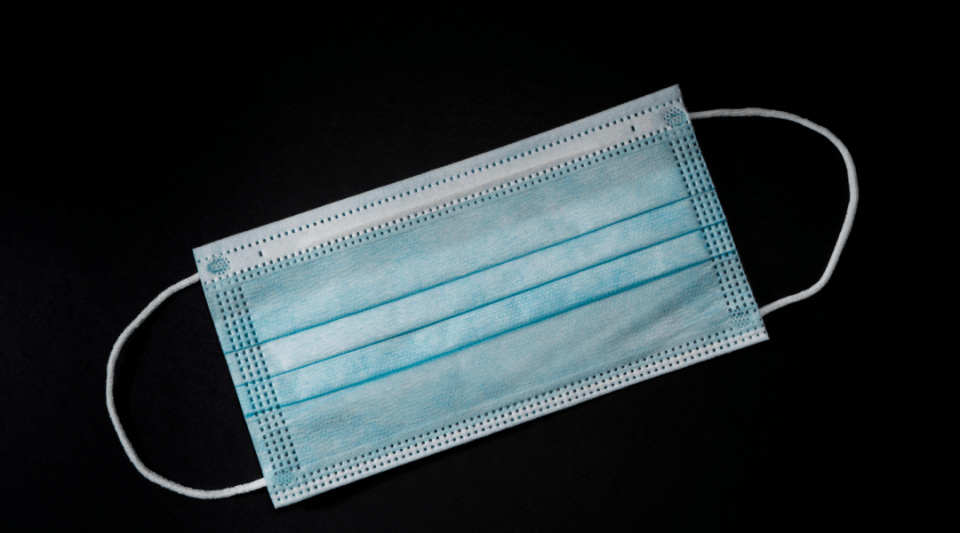- What is it?
- Causes
- Signs and symptoms
- Emergency services
- Prevention
- Frequently Asked Questions
When should I go to emergency services?
Patients with fever and any of the following signs or symptoms should visit a hospital emergency department as soon as possible:

Low blood pressure (less than 100 mmHg), high respiratory rate (over 22 breaths per minute) or a decreased level of consciousness.

Neurological symptoms such as intense headache, focal neurological deficit (functional problems in the brain, spinal cord and nerves that affect a specific site, such as the left side of the face, the right arm or even just a small area, e.g., the tongue) or epileptic seizures.

Generalised skin eruption or red/purple skin lesions, which appear in the context of fever and neurological symptoms.

Fever after travelling to a tropical country.

Fever in an elderly or immunocompromised patient (e.g., hematooncological, chemotherapy, solid organ or bone marrow transplant patients, and those with primary or secondary immunodeficiencies such as HIV infection).

Fever in patients who have undergone surgery or a diagnostic endoscopic test, particularly if they were subjected to any type of biopsy.

Fever accompanied by abdominal pain, chest pain that increases when breathing (pleuritic pain), and which has lasted for several days without responding to medically prescribed treatment.
When a previously healthy patient develops fever associated with upper respiratory tract symptoms (runny nose, pain when swallowing, dry cough) or urinary symptoms without lower back pain, then they should initially consult their primary healthcare team.
Tests in an emergency department
The first thing healthcare personnel will do when a patient visits an emergency department due to fever is:

Measure their body temperature.

Measure their vital signs (blood pressure, heart rate and respiratory rate).

Enquire about their medical history (background, reason for consultation and any current illnesses).

Perform a physical examination (cardiac and respiratory auscultation, abdominal palpation and neurological assessment).
After the medical consultation, they will decide which additional tests are required to determine the patient’s clinical picture. They will often request:

A blood test

A urine test

A plain chest and/or abdominal X-ray, depending on the clinical manifestations.
These examinations are usually carried out in the emergency department.
After the initial clinical assessment and complementary tests, the doctor will provide a diagnostic impression of the clinical picture and recommend an appropriate treatment. Additionally, they may decide that the patient can either be discharged or that there is a need for further tests, a few hours of observation or even admission to hospital.
Complementary tests
If the doctor deems them appropriate, further radiological tests (abdominal ultrasound, CT brain scan, amongst others) may be performed in the radiology department. They may also ask for blood and urine cultures. The doctor may ask nursing staff to take blood or collect a urine sample in some special containers that will be sent to the microbiology laboratory. These cultures are incubated in special machines and need to be left a few days (from 3 to 5 days) before they give a definitive result. These results are not usually essential for formulating an initial impression of the patient’s clinical condition.
Substantiated information by:

Published: 20 February 2018
Updated: 20 February 2018
Subscribe
Receive the latest updates related to this content.
(*) Mandatory fields
Thank you for subscribing!
If this is the first time you subscribe you will receive a confirmation email, check your inbox
Fever related news

29 April 2025
Failure of antibiotics: the three main causes

28 November 2023
